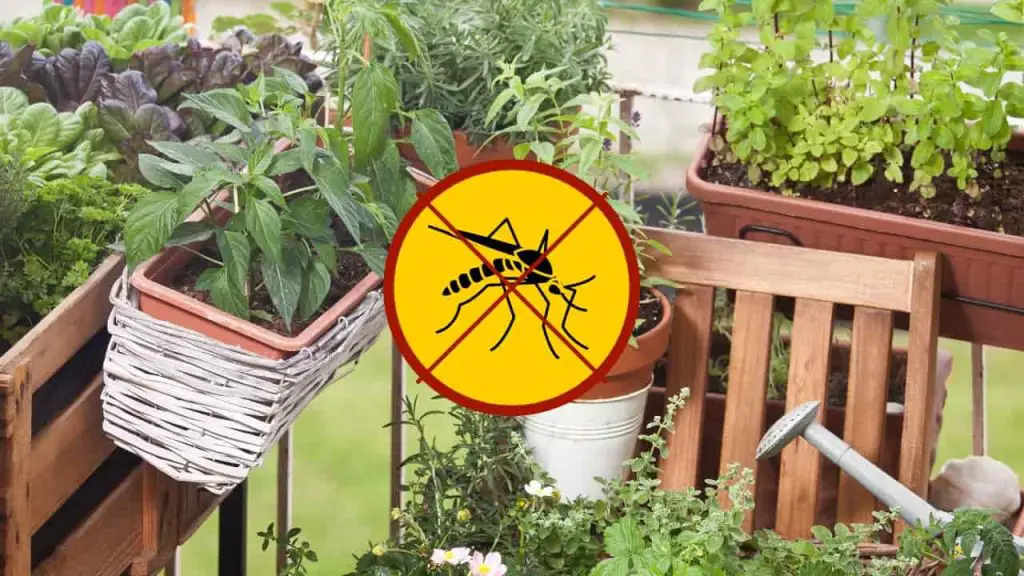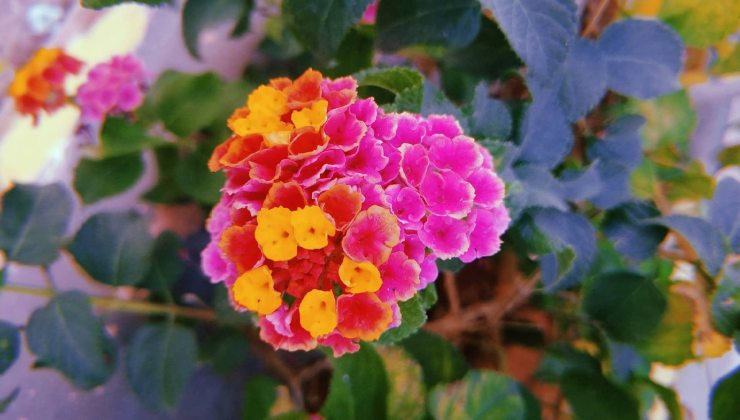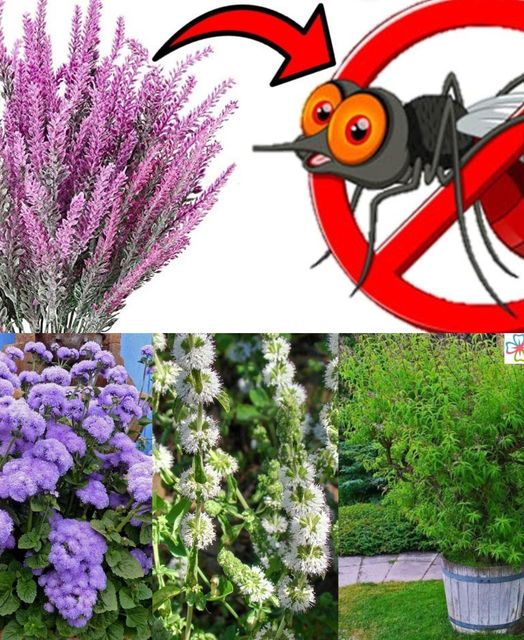Enhance your balcony with a plant that’s not only beautiful but also effective in repelling mosquitoes. Discover how the Lantana plant can help keep these pesky insects at bay.

Plants on the Balcony
As warm weather arrives, mosquitoes often become a nuisance, buzzing around and causing discomfort with their bites. For those sensitive to these insects, a mosquito bite can be particularly troublesome. Thankfully, there’s a simple solution: the Lantana plant.
Lantana: An Attractive and Functional Plant

Lantana, an evergreen member of the Verbenaceae family, originates from Central America. This hardy herbaceous plant can grow up to 1.5 meters tall and is well-known for its resilience, thriving in both extreme temperatures and drought conditions.
Lantana Plant Features
-
- Leaves: Oval-shaped with serrated edges and dark green in color.
- Flowers: Clusters of bright yellow, orange, or red blooms.
- Fruits: Small, black, and inedible for humans.
Lantana is celebrated not just for its vibrant flowers but also for its durability and mosquito-repelling properties. It’s well-suited for both garden beds and container growing. To thrive, Lantana needs acidic, well-draining soil and ample sunlight.

Propagating Lantana
You can propagate Lantana through cuttings or seeds:
- Cuttings: Easier but takes longer to mature.
- Seeds: Faster but requires more meticulous care.
Using Lantana to Repel Mosquitoes

Lantana’s mosquito-repelling qualities are well-documented. To maximize its effectiveness:
-
- Healthy Plant Care: Ensure your Lantana is well-fertilized, hydrated, and receives plenty of sunlight. A healthy plant produces a scent that mosquitoes find repellent.
- Placement: Position Lantana plants on windowsills and balconies to create a barrier against mosquitoes and other insects.
Planting Tips
If purchasing an established Lantana plant, it’s best to plant or repot it in the spring. Initially, its growth may be slow, but with rising temperatures, it will soon produce lush foliage and vibrant flowers. Keep the soil consistently moist, especially during the early stages of growth.
By incorporating Lantana into your outdoor space, you’ll not only enjoy its aesthetic appeal but also benefit from its natural insect-repelling properties.
